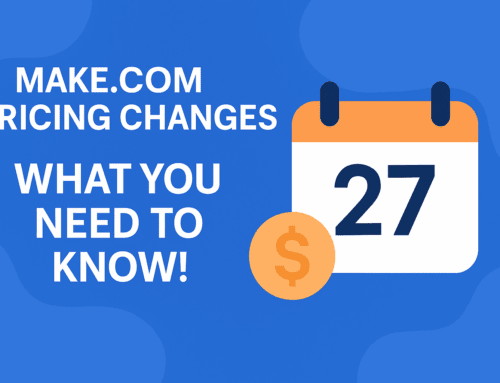“`html
Connecting Recurly to Facebook Conversions API: A Comprehensive Guide
Introduction to Recurly and Facebook Conversions API
In today’s fast-paced digital world, businesses are constantly seeking ways to optimize their operations and improve customer engagement. One powerful way to achieve this is through seamless integration of various platforms. Recurly, a leading subscription billing platform, offers robust tools for managing subscriptions efficiently. On the other hand, Facebook Conversions API allows businesses to track customer interactions with pinpoint accuracy.
Imagine being able to connect the dots between your billing data and customer behavior on Facebook. This is where the integration of Recurly with Facebook Conversions API comes into play. By linking these two platforms, you can gain deeper insights into your customer journey and refine your marketing strategies. Let’s dive into how this integration works and the benefits it brings to your business.
Why Integrate Recurly with Facebook Conversions API?
Integrating Recurly with Facebook Conversions API might sound technical, but the benefits are immense. First off, this integration allows for more precise tracking of customer actions. You can see not only who’s subscribing to your services but also how they interact with your ads and content on Facebook. This level of insight can significantly boost your marketing ROI.
Moreover, with privacy concerns becoming increasingly important, the Facebook Conversions API provides a more secure and reliable way to track conversions compared to traditional methods. Data is sent directly from your server to Facebook, ensuring privacy and enhancing data accuracy. As a result, you can make informed decisions based on reliable data, giving your business a strategic edge in a competitive market.
Getting Started with Recurly and Facebook Conversions API
Before you embark on this integration journey, there are a few prerequisites to consider. Firstly, ensure that you have active accounts on both Recurly and Facebook, with the necessary permissions to access and modify settings. Familiarize yourself with the API documentation provided by both platforms. This will help you understand the data points you’ll be working with.
Once the preliminary steps are taken care of, it’s time to set up the connection. The process involves using an automation tool like Make.com, which facilitates smooth data transfer between Recurly and Facebook. The Make.com platform supports various templates for integrations, making it easier for you to customize the process according to your needs. Understanding the workflow and preparing your data for integration is crucial at this stage.
Setting Up the Integration Using Make.com
Make.com is your trusty sidekick for this integration task. You start by accessing their platform and selecting the appropriate template for connecting Recurly to Facebook Conversions API. The beauty of this tool lies in its user-friendly interface, allowing even those with limited technical knowledge to set things up with ease.
The template guides you step-by-step through the process, prompting you to enter information like API keys and authentication details. It’s like following a well-written recipe; as long as you have all the ingredients and follow each step carefully, you’ll end up with a successful integration. The key here is to double-check all entries to ensure there are no errors that could disrupt data flow.
Configuring Data Paths and Attributes
Now that the basic setup is complete, let’s move on to configuring the data paths and attributes. This part of the process involves mapping out the data from Recurly that you wish to send to Facebook. Attributes like customer information, transaction details, and subscription statuses are typically included.
You’ll need to define each attribute clearly in the Make.com template to ensure accurate data transmission. Think of it as setting up your GPS before starting a road trip. Clear paths mean you’ll reach your destination smoothly. In this case, the destination is having a fully integrated system that provides actionable insights into customer behavior.
Testing and Finalizing the Integration
Before you hit the road running, it’s crucial to test your setup to identify any potential hiccups. Conducting a test run will allow you to see if the data is flowing correctly between Recurly and Facebook. Look for any anomalies or errors during testing. Testing gives you peace of mind knowing that everything is functioning as it should.
A successful test ensures that when you officially launch the integration, you won’t encounter unexpected challenges. Once everything checks out, you can confidently finalize the setup. With this integration, you’ll be ready to harness the full power of both platforms, driving better marketing performance and enhanced data accuracy.
Maintaining Your Integration Over Time
Like any good system, your new integration requires ongoing maintenance to keep it running smoothly. Regularly monitoring the data flow helps identify any disruptions early on. Consider scheduling periodic reviews to ensure each component is up to date with the latest software and API updates.
Additionally, revisiting the integration settings periodically allows you to make adjustments as your business needs evolve. Perhaps you want to track new types of conversions or modify data attributes being sent. Staying proactive ensures that your integration adapts to changing business landscapes, keeping you ahead of the competition.
“`








